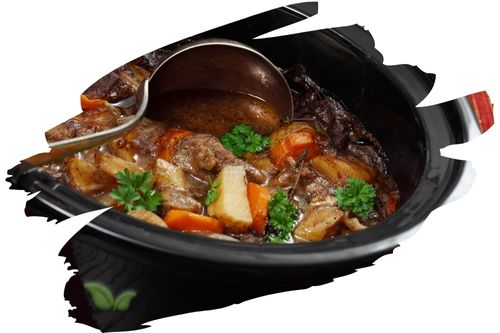
The Scent of Saffron: An Overview
Saffron is known for its distinctive fragrance, which can be described as sweet, floral, and earthy. It is the chemical compounds within saffron that give rise to these captivating scents. Let's break down its aroma profile further:
Sweet and Floral Notes
Saffron boasts a sweet, honey-like aroma with floral undertones. When you open a container of saffron threads, you'll immediately notice this delightful scent. It's this sweetness that makes saffron a prized addition to desserts like saffron-infused ice cream or baklava.
Earthy Undertones
Accompanying the sweet and floral notes, saffron also offers earthy undertones. This earthiness adds depth to the spice's aroma, making it a versatile ingredient in both sweet and savory dishes. When used in savory recipes like paella or biryani, saffron's earthy aroma enhances the overall flavor.
Culinary Uses of Saffron's Aroma
Saffron's aroma profile isn't just captivating; it's also highly sought after in the culinary world. Here's how chefs and home cooks alike make the most of saffron's aromatic qualities:
Infusing Beverages
Saffron can be used to infuse various beverages, from hot tea to cocktails. Its sweet and floral notes add a unique twist to your favorite drinks. Try a saffron-infused gin and tonic for a delightful surprise.
Flavoring Rice and Grains
In many cultures, saffron is used to flavor rice and grains. When added to the cooking water, it imparts its aroma and a stunning golden hue to dishes like paella, risotto, and Persian saffron rice.
Enhancing Desserts
Saffron is a dessert enthusiast's dream. Its sweet aroma elevates desserts like rice pudding, saffron-infused custards, and even chocolate truffles. The aroma alone can transport you to a world of indulgence.
Seasoning Meat and Seafood
Saffron's earthy undertones make it an excellent companion for seasoning meats and seafood. Whether you're grilling, roasting, or simmering, saffron's aroma adds complexity to your dishes.
FAQs
Q: What makes saffron's aroma so unique? A: Saffron's aroma is a result of its chemical compounds, which combine sweet, floral, and earthy notes, creating a one-of-a-kind scent.
Q: Can saffron's aroma be used in perfumes? A: Yes, saffron's aromatic qualities make it a popular choice in the perfume industry, adding depth and complexity to fragrances.
Q: Are there any side effects associated with inhaling saffron's aroma? A: Generally, inhaling saffron's aroma is safe. However, some individuals may be allergic to saffron, so it's essential to test it cautiously.
Q: How can I create saffron-infused oil for aromatherapy? A: To make saffron-infused oil, simply steep saffron threads in a carrier oil (such as almond or jojoba oil) for a few weeks. Strain the saffron and use the fragrant oil for aromatherapy.
Q: Where can I purchase high-quality saffron for its aroma? A: You can find premium saffron from reputable spice shops or online retailers. Look for saffron threads with a deep red color and a strong, sweet scent.
Conclusion
In this deep dive into the aroma profile of saffron, we've uncovered the sweet, floral, and earthy notes that make this spice truly exceptional. From enhancing your culinary creations to potentially improving your well-being, saffron's aroma is a treasure waiting to be explored. So, the next time you use saffron in your cooking or aromatherapy, savor the essence of this remarkable spice.
Alert: While spices can have many beneficial properties for health, using them for medical purposes should be done under the guidance and supervision of a healthcare professional or specialist. Some spices may interact with medications or cause adverse reactions in certain individuals, and it is important to use them safely and appropriately. If you are considering using spices for a medical condition, it is important to consult with a healthcare professional before doing so.




















































